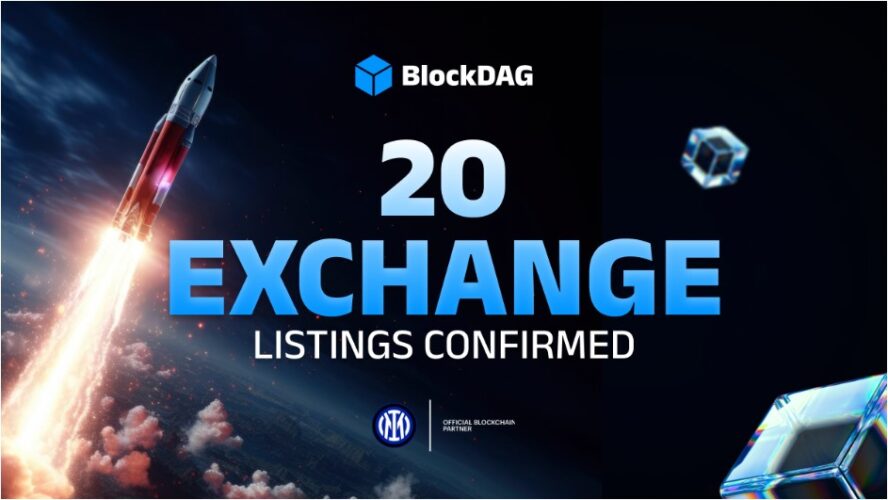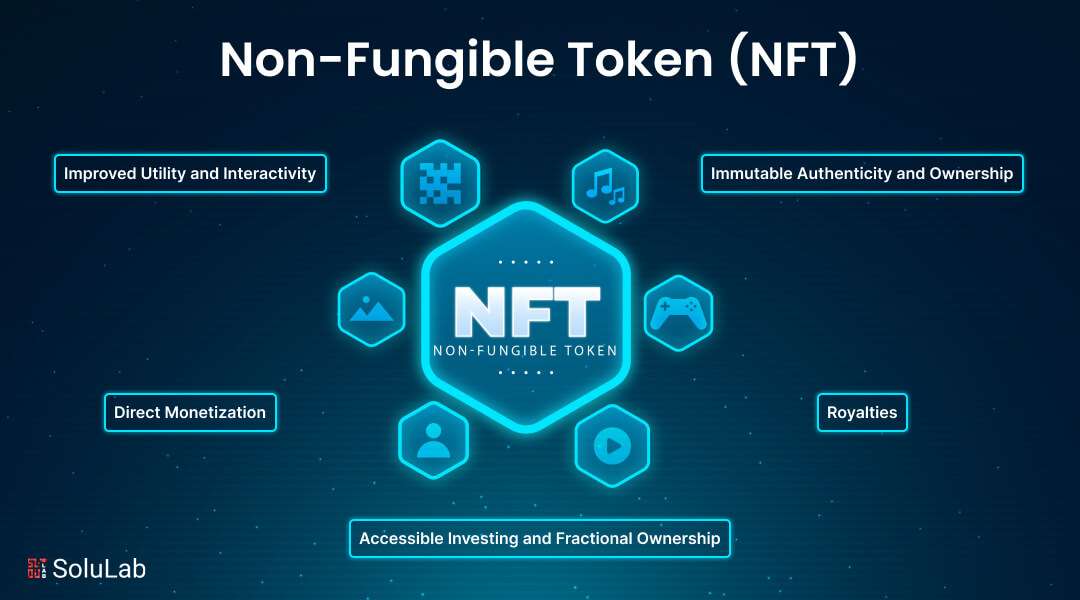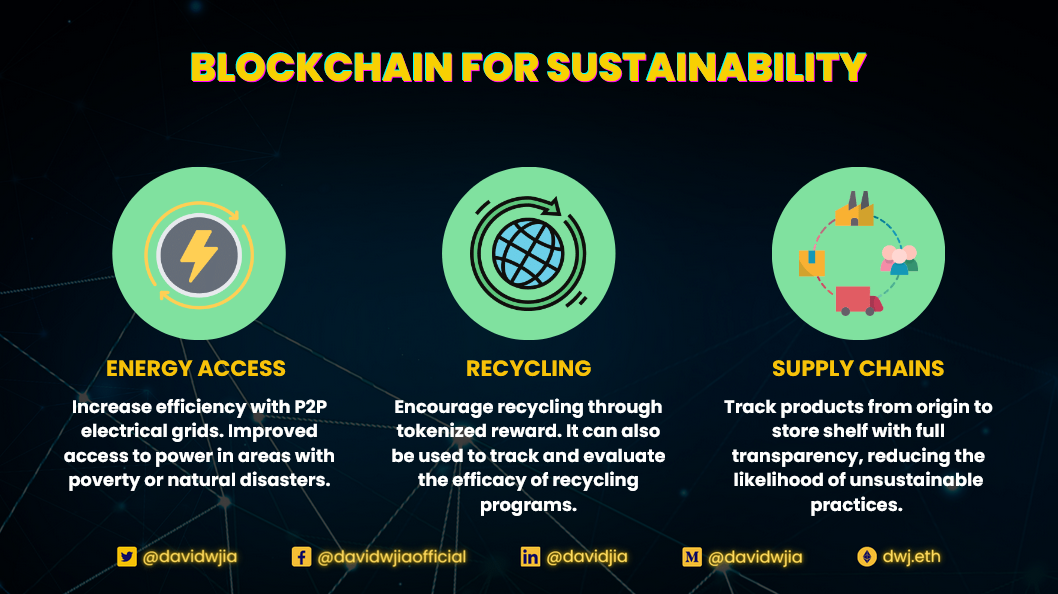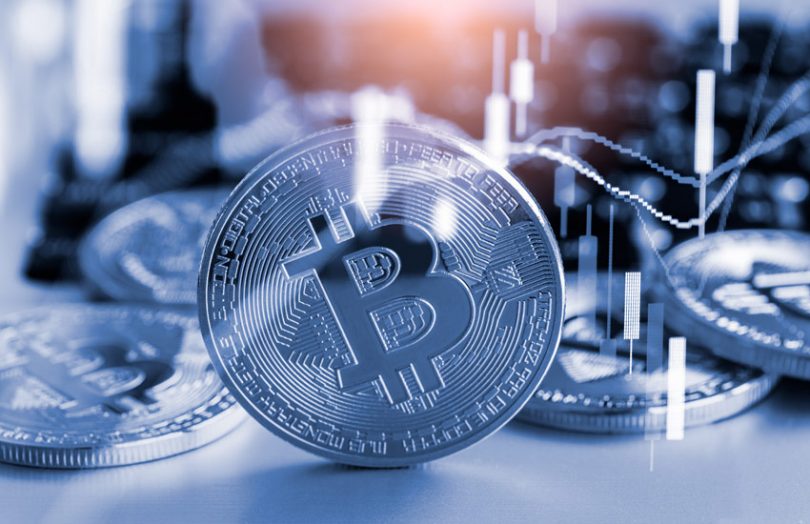
The world of cryptocurrency exchanges is in constant motion, shaping the global flow of digital assets. With new listings, cross-chain integrations, and strategic partnerships driving competition, exchanges are no longer just trading platforms—they’re full-fledged ecosystems powering innovation and liquidity in the digital economy.
In this edition of Crypto Exchange News, we dive into the latest developments redefining how traders, investors, and institutions interact with crypto markets worldwide.
Expanding Horizons: New Listings That Matter
Every week, exchanges announce new listings that can spark massive price movements and fresh investor interest. Binance, Coinbase, and Kraken remain at the forefront of these moves, introducing emerging tokens tied to real-world assets, artificial intelligence, and gaming ecosystems.
For example, Binance’s recent addition of several AI-focused tokens has drawn heavy trading volumes, signaling investor appetite for projects combining machine learning with blockchain data. Meanwhile, Coinbase has leaned toward regulatory-compliant tokens, aiming to strengthen its reputation with U.S. regulators and mainstream investors.
Smaller exchanges, too, are using listings as a growth weapon. Platforms like MEXC, Bitget, and Gate.io are focusing on early-stage altcoins—often before they hit major exchanges—giving traders a chance to catch projects at their infancy. This dynamic has created a new “exchange tier” effect, where listings themselves become catalysts for growth and competition.
Partnerships Driving Global Reach
Strategic partnerships have become essential to exchange expansion. Whether it’s collaborating with traditional financial institutions or blockchain networks, partnerships help exchanges deepen liquidity and extend their market footprint.
Binance continues to lead with cross-industry collaborations, recently teaming up with Web3 payment providers to simplify fiat-to-crypto conversions. On the other side, OKX and Bybit are strengthening ties with institutional trading desks, offering advanced APIs, futures products, and custody services tailored to professional investors.
Even decentralized exchanges (DEXs) like Uniswap and PancakeSwap are forming alliances with Layer-2 projects, aiming to reduce transaction fees and boost scalability. The result? A hybridized market where centralized and decentralized finance increasingly overlap, giving users the best of both worlds.
The Rise of Regional Exchanges
As regulatory clarity grows, regional exchanges are stepping into the spotlight. Asia and the Middle East, in particular, are emerging as thriving hubs for crypto activity.
In Hong Kong, new licensing frameworks have allowed compliant platforms like HashKey Exchange to attract institutional traders looking for stability and legitimacy. Meanwhile, in the UAE, exchanges such as BitOasis and Rain are leveraging the country’s crypto-friendly stance to become gateways to the Gulf’s growing investor base.
Latin America is also joining the movement, with Brazil’s Mercado Bitcoin and Argentina’s Ripio expanding cross-border capabilities. These exchanges are not only driving financial inclusion but also reshaping regional remittance markets through crypto rails.
Mergers, Acquisitions, and Exchange Wars
Consolidation is becoming a defining feature of the exchange landscape. As competition intensifies, mergers and acquisitions are enabling platforms to scale faster and diversify their offerings.
Recent reports suggest that several mid-tier exchanges are exploring acquisitions of wallet providers and DeFi protocols, aiming to integrate yield-generating services directly into trading interfaces. Coinbase’s recent interest in Layer-2 scaling technology further emphasizes the race to own the infrastructure that powers the next generation of blockchain applications.
At the same time, the rivalry between global giants is heating up. Binance remains dominant in volume, but regulatory challenges and compliance costs have opened opportunities for others—especially regulated players like Kraken and Bitstamp—to capture a more conservative user base.
Innovations in Trading and Technology
The technology powering exchanges is evolving rapidly. From AI-powered trading assistants to on-chain analytics integration, exchanges are focusing on enhancing user experience and risk management.
Automated trading features, copy-trading systems, and advanced derivative instruments are now standard offerings. Exchanges are also expanding into Web3 identity services, staking platforms, and NFT marketplaces to attract multi-segment users.
Security, however, remains a top priority. In light of increasing cyber threats, exchanges are implementing real-time threat detection, cold storage enhancements, and insurance-backed asset protection. The message is clear: innovation is only as strong as the trust that supports it.
Regulation and the Quest for Trust
Global regulation continues to define the pace of exchange evolution. While some platforms thrive in jurisdictions with clear frameworks—like the EU’s MiCA—others struggle with uncertainty. Exchanges are now adopting proactive compliance strategies, including transparent proof-of-reserve reports and stricter KYC processes.
This transparency is paying off. Users are increasingly favoring exchanges that demonstrate solvency, ethical governance, and regulatory cooperation. The post-FTX landscape has shifted priorities—trust is the new liquidity.
Final Thoughts: The Future of Exchange Ecosystems
Crypto exchanges are evolving from trading venues into interconnected ecosystems—blending innovation, compliance, and user empowerment. Listings spark liquidity, partnerships build bridges, and technology drives accessibility.
As we move deeper into a tokenized economy, exchanges will continue to shape how value moves across the digital world. Whether centralized or decentralized, local or global, the competition is fierce—but the winners will be those who innovate responsibly, adapt quickly, and put transparency at the core of their mission.
The crypto exchange landscape is no longer just about who trades the most—it’s about who builds the future.








